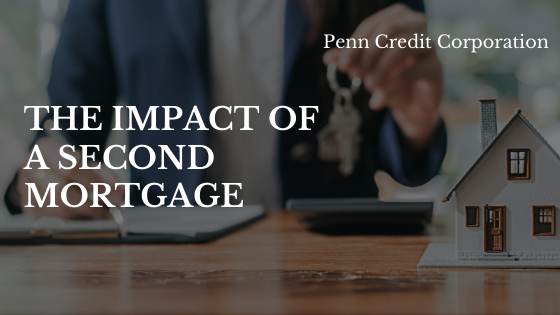As interest rates remain low, many homeowners are considering if they should refinance or access cash through a second mortgage. Depending on the unique circumstances of the individual homeowner, the origination of a second mortgage may have a significant impact on the overall financial wellness of a household.
New Loan Activity
The most obvious impact of a second mortgage is the new loan activity. The initial application will create an inquiry on the consumer credit report and alert existing and potential lenders that a major change is coming. Depending on the dollar amount, a second mortgage could substantially increase the debt to income ratio for an individual or household.
This figure impacts how much an individual is eligible to borrow, provides an interest rate range, and factors in the cost of monthly repayment. Especially in the early months of a second mortgage, borrowers are unlikely to be eligible for additional forms of credit extension. Credit card companies may choose to lower existing limits or restrict new lines of credit in an effort to secure their vested interest in the event that a homeowner falls behind on their first or second mortgage payment.
Debt Consolidation Plan
Another way to look at a second mortgage from the consumer credit standpoint has a more positive connotation. If a homeowner has several outstanding personal loans and relatively high credit card debt, they may already appear overextended when considering their debt to income ratio. In this instance, borrowers may actually be able to improve their financial situation by taking out a second mortgage on their home.
Cash-out on a second mortgage will alleviate multiple sources of debt for this household and consolidate any outstanding debt into one concise instrument. This act creates stability, and only one lender is responsible for securing their assets, which is usually an easy feat when the mortgage is tied to existing or expected equity in the home. In fact, another way that homeowners can benefit from a second mortgage is by making necessary repairs or desired improvements to the home. The additional equity is simply added back into the value of the home, and the new appraisal price should be equal to or exceed the value of completed repairs or renovations.
